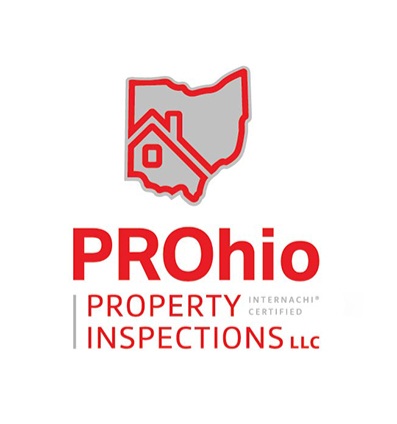Our mold inspection service is a formal and thorough process that aims to identify any mold growth and potential health hazards in your property. Our certified mold tester will conduct a comprehensive examination of your property, including areas prone to moisture, such as basements, bathrooms, and kitchens.
Mold test samples are extracted and express mailed to an accredited laboratory for a particle analysis. Mold Inspection results are available within two business days and will be emailed to you. We will provide you with a detailed report outlining our findings, including any mold growth identified and the type of mold present. Our goal is to help you create a safe and healthy environment for you and your family or employees.

Call or Text today to schedule an inspection: 330-361-9555
Mold can cause many health effects. For some people, mold can cause a stuffy nose, sore throat, coughing or wheezing, burning eyes, or skin rash. People with asthma or who are allergic to mold may have severe reactions. Immune-compromised people and people with chronic lung disease may get infections in their lungs from mold.
There is always some mold around. Molds have been on the Earth for millions of years. Mold can get in your home through open doors, windows, vents, and heating and air conditioning systems. Mold in the air outside can be brought indoors on clothing, shoes, bags, and even pets.
Mold will grow where there is moisture, such as around leaks in roofs, windows, or pipes, or where there has been a flood. Mold grows on paper, cardboard, ceiling tiles, and wood. Mold can also grow in dust, paints, wallpaper, insulation, drywall, carpet, fabric, and upholstery.
If You Have Mold in Your Home
Mold can look like spots. It can be many different colors, and it can smell musty. If you see or smell mold, you should remove it. You do not need to know the type of mold.
If mold is growing in your home, you need to clean up the mold and fix the moisture problem. Mold can be removed from hard surfaces with household products, soap and water, or a bleach solution of no more than 1 cup of household laundry bleach in 1 gallon of water.
If You Use Bleach to Clean up Mold
- Never mix bleach with ammonia or other household cleaners. Mixing bleach with ammonia or other cleaning products will produce a poisonous gas.
- Always follow the manufacturer’s instructions when you use bleach or any other cleaning product.
- Open windows and doors to provide fresh air.
- Wear rubber boots, rubber gloves, and goggles during cleanup of affected areas.
- If you need to clean more than 10 square feet, check the U.S. Environmental Protection Agency (EPA) guide titled Mold Remediation in Schools and Commercial Buildings, which gives advice on all building types. You can get it by going to the EPA web site at https://www.epa.gov/mold/mold-remediation-schools-and-commercial-buildings-guide.
To Prevent Mold Growth in Your Home
- Keep humidity levels in your home as low as 30% and no higher than 50%–all day long. An air conditioner or dehumidifier will help you keep the level low. You can buy a meter to check your home’s humidity at a home improvement store. Humidity levels change over the course of a day so you will need to check the humidity levels more than once a day.
- Be sure the air in your home flows freely. Use exhaust fans that vent outside your home in the kitchen and bathroom. Make sure your clothes dryer vents outside your home.
- Fix any leaks in your home’s roof, walls, or plumbing so mold does not have moisture to grow.
- Clean up and dry out your home fully and quickly (within 24–48 hours) after a flood.
- Add mold inhibitors to paints before painting. You can buy mold inhibitors at paint and home improvement stores.
- Clean bathrooms with mold-killing products.
- Remove or replace carpets and upholstery that have been soaked and cannot be dried right away. Think about not using carpet in places like bathrooms or basements that may have a lot of moisture.
